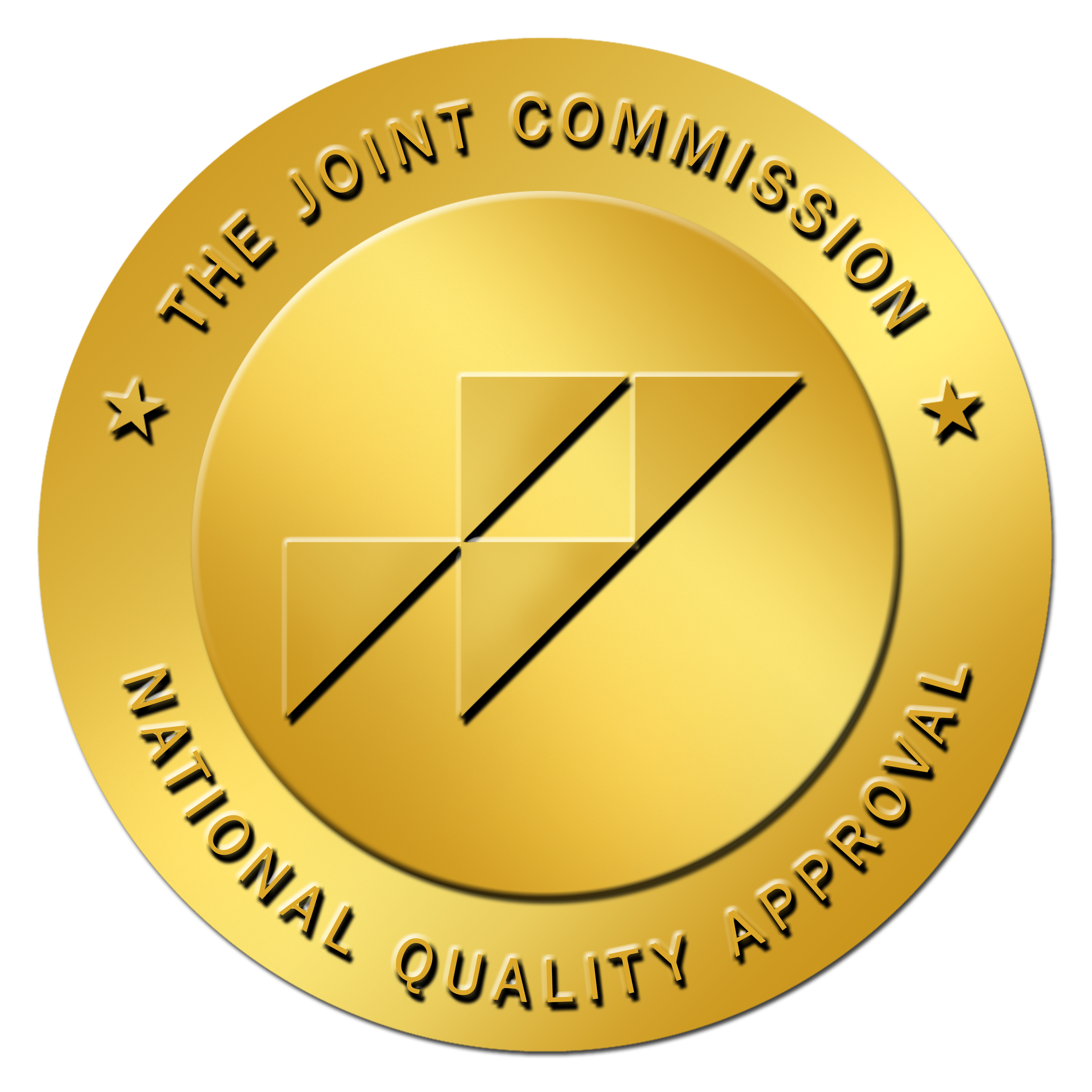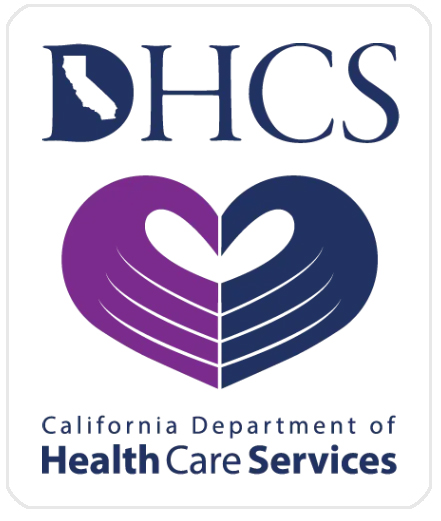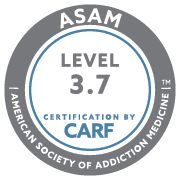A successful drug detox can be a transformative experience. When combined with a structured rehabilitation program, drug rehab can allow a person to return to productive functioning within their family, work, school, and community. However, addiction is like a chronic disease: relapses are possible, and re-entry into treatment does not mean that treatment is ineffective. Rather, it means that a person needs to make adjustments to their treatment or return to a drug rehab center to address deeply rooted behaviors.
Adverse reactions to drug detox
The effects of drug detox depend on the type of substance the person is using, the length of time they have used it and other factors, such as the physical and psychological health of the individual. While the majority of withdrawal symptoms are mild to moderate, a few serious side effects may occur. These symptoms include:
When a person uses drugs, alcohol or both, he or she develops physical dependence on them. Their body becomes used to a constant supply of the substance and the withdrawal symptoms can be severe. Symptoms of drug withdrawal depend on the drug used, the dose and any other drugs regularly taken. Regardless of the cause, the experience of drug detox is dangerous for those who are addicted. But it doesn’t have to be. There are many treatment options available for people struggling with addiction.
Anti-nausea drugs are a common choice for patients in drug detox. The sedating effects of these medications are often helpful in minimizing the withdrawal symptoms. However, they have many side effects and may not be right for everyone. This medication is often prescribed for people with co-occurring psychiatric conditions, such as schizophrenia or bipolar disorder. Some people who suffer from addiction may also experience side effects, including nausea, tremors, anxiety, and major agitation.
Alcohol withdrawal can be particularly dangerous because alcohol is so easily available and widely abused. Alcohol use has become more normalized than most other substances. A person suffering from delirium tremens may experience panic attacks, cardiac arrhythmias, and grand mal seizures. The effects of alcohol detox may be mild or even non-existent. Nevertheless, alcohol withdrawal is potentially life-threatening and should be avoided. If alcohol withdrawal symptoms persist, additional attention should be given to correct deeply rooted behaviors.
Medical monitoring during drug detox
Medical monitoring is a significant component of the detoxification process. It helps the patient to clear toxins and prepare for treatment. Detox can be an inpatient or outpatient experience, but the latter is ideal for patients who are susceptible to complications or health risks. In addition to the medical monitoring, the process includes therapy sessions and support group meetings. Moreover, the process of detoxing is not limited to merely clearing toxins from the body.
During the process of detoxification, patients are often given prescription medications that help them cope with the uncomfortable withdrawal symptoms that come with being addicted to substances. The drugs that are prescribed to these individuals are called antipsychotics. These medications are generally used for alcohol detox and are also prescribed for people with co-occurring mental health problems. Among the many drugs that are used during detoxification include Haldol, Xanax, and Cymbalta.
During the detoxification process, a physician will develop a plan specifically tailored to each patient. These medical staffs monitor the patient around the clock. Patients in the inpatient program are kept in a room where they are monitored round the clock. Those who undergo outpatient treatment have a physician and therapist develop a plan with them. Marta Nelson, CEO of Advanced Recovery Systems, discusses medical monitoring during drug detox.
While many people think there is a certain duration for medically monitored drug detox, the process can take up to 10 days to complete, depending on the severity of the withdrawal symptoms. However, some patients may need a longer period to completely cleanse their system. The duration of a medically monitored detox is determined by the severity of the condition and whether the patient needs medical intervention. If there are any other complications, medical care should be considered.
When a patient’s symptoms of withdrawal are severe, the physician should contact the appropriate medical facility. Medications and a high-quality monitoring team are essential for the process of detoxification. If a patient experiences seizures, delirium tremens, or is otherwise in danger of a medical crisis, a physician should be contacted immediately. A doctor should also make arrangements for a transfer to a higher-level medical facility.
Outpatient versus inpatient drug detox
There are many differences between outpatient and inpatient drug detox programs. The former involves daily treatment at a facility or clinic. Outpatient programs, however, allow patients to continue living at home while they receive treatment. Outpatient programs are typically less expensive than inpatient programs, but the level of support may be lower. For those who cannot afford a full stay in an inpatient facility, outpatient treatment may be a better option.
Outpatient programs are more flexible. The programs allow people to live at home, attend work, or school while they receive treatment. They can also be less expensive than inpatient programs, which is a huge benefit if you have good health insurance. Outpatient treatment programs may also be less costly than inpatient ones, which can save you thousands of dollars. However, if you are afraid you’ll relapse and need to work or attend school, you might be better off with inpatient treatment.
The difference between inpatient and outpatient drug rehab is not as significant as you might think. Inpatient drug rehab programs begin with a medically assisted detox. During this period, physicians monitor the vital signs and provide assistance and medical care. Because withdrawal symptoms are difficult to overcome on your own, inpatient rehab offers continuous medical care and expert assistance. Clinics can provide you with medicine to help you cope with withdrawal symptoms and minimize your chances of relapse.
Although many people assume that outpatient rehab is more effective than inpatient treatment, the reality is far different. The effectiveness of an outpatient program depends on the needs of the patient, and it is important to remember that the time spent in treatment depends on the intensity of the treatment. One study, for example, found that intensive outpatient programs were as effective as inpatient rehab, and the results were nearly the same. A partial hospitalization program requires a patient to attend the rehab facility for thirty hours per week. Often, these sessions occur on weekends.
Outpatient rehab has fewer disadvantages than inpatient. Many people who successfully complete treatment maintain abstinence and return to a normal, productive life. However, the success of an outpatient program depends on the patient’s ability to attend treatment sessions regularly. Outpatient treatment programs may not be as structured and monitored as inpatient treatment. An inpatient program will also test patients for certain infectious diseases and teach them how to reduce the risk of getting them.
Cost of drug detox
The cost of drug detox varies depending on the type of program you choose. Some of the costs include travel, lodging, and meals. Others are more expensive, mainly because of the length of time required to deal with withdrawal symptoms. Inpatient detox is more thorough meaning it can usually last longer than nine days. Inpatient treatment has proven to have better outcomes, and is best for people who are experiencing life-threatening withdrawal symptoms. Here are some tips on how to find the best treatment for your specific needs and budget.
Many substance abuse treatment programs don’t list their prices publicly, so you may not be able to find a clear picture of exactly how much you can expect to pay. However, it’s important to note that the cost of an addiction-treatment program can vary dramatically. A recent study published in the Journal of Health Economics found that the cost of an addiction treatment program is $82 per week, but that’s for an outpatient program without counseling. Inpatient programs often include food, counseling, and a safe environment for you to recover from drug addiction.
Depending on the type of drug addiction, the length of drug detoxification can vary. A ninety-day detoxification can cost anywhere from $60000 to $100000, but a long-term stay can cost up to $25, 000. A non-methadone outpatient detox program can cost between $19-96 a day. A residential treatment program for adults can cost between $3,500 and $8,000 per week. Fortunately, many drug detox centers will round up these costs for you.
The cost of a medically managed drug detox program can vary by several factors. The length of stay, the program type, and the level of care will all affect the cost. Some of the most expensive programs will cost you upwards of $6300 per day. However, the longer you stay, the higher the cost will be. When comparing costs, be sure to factor in the type of insurance you have and your budget. Once you have decided what you need, you can begin shopping for a drug detox center that meets your specific needs.







